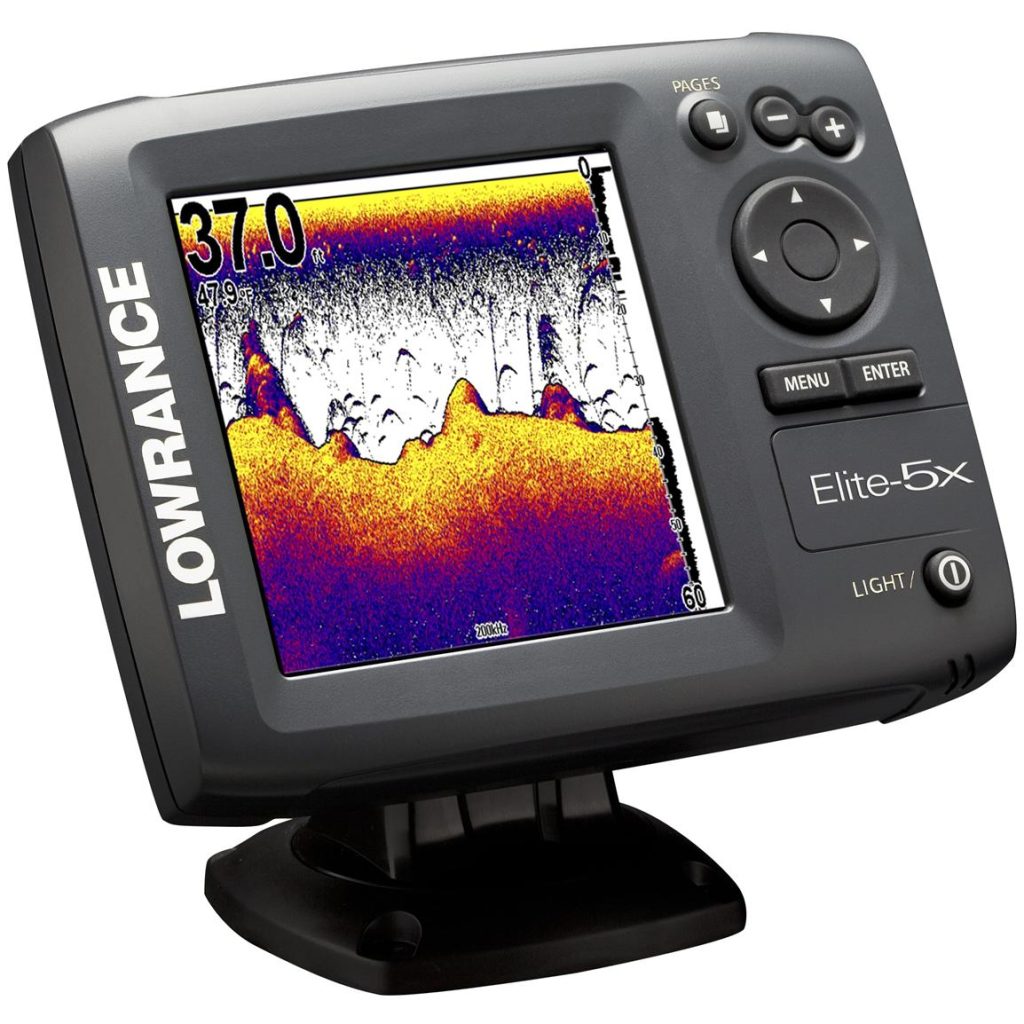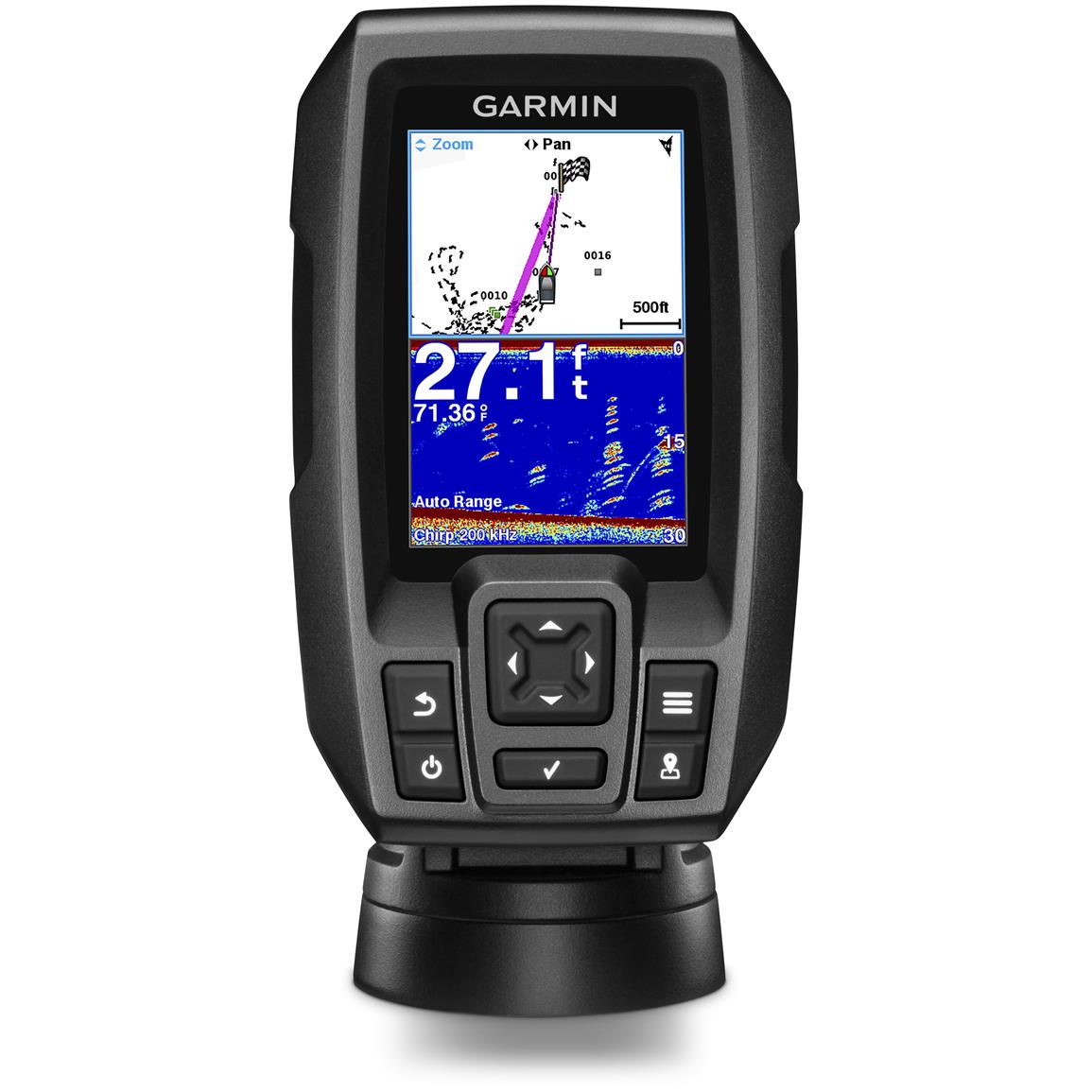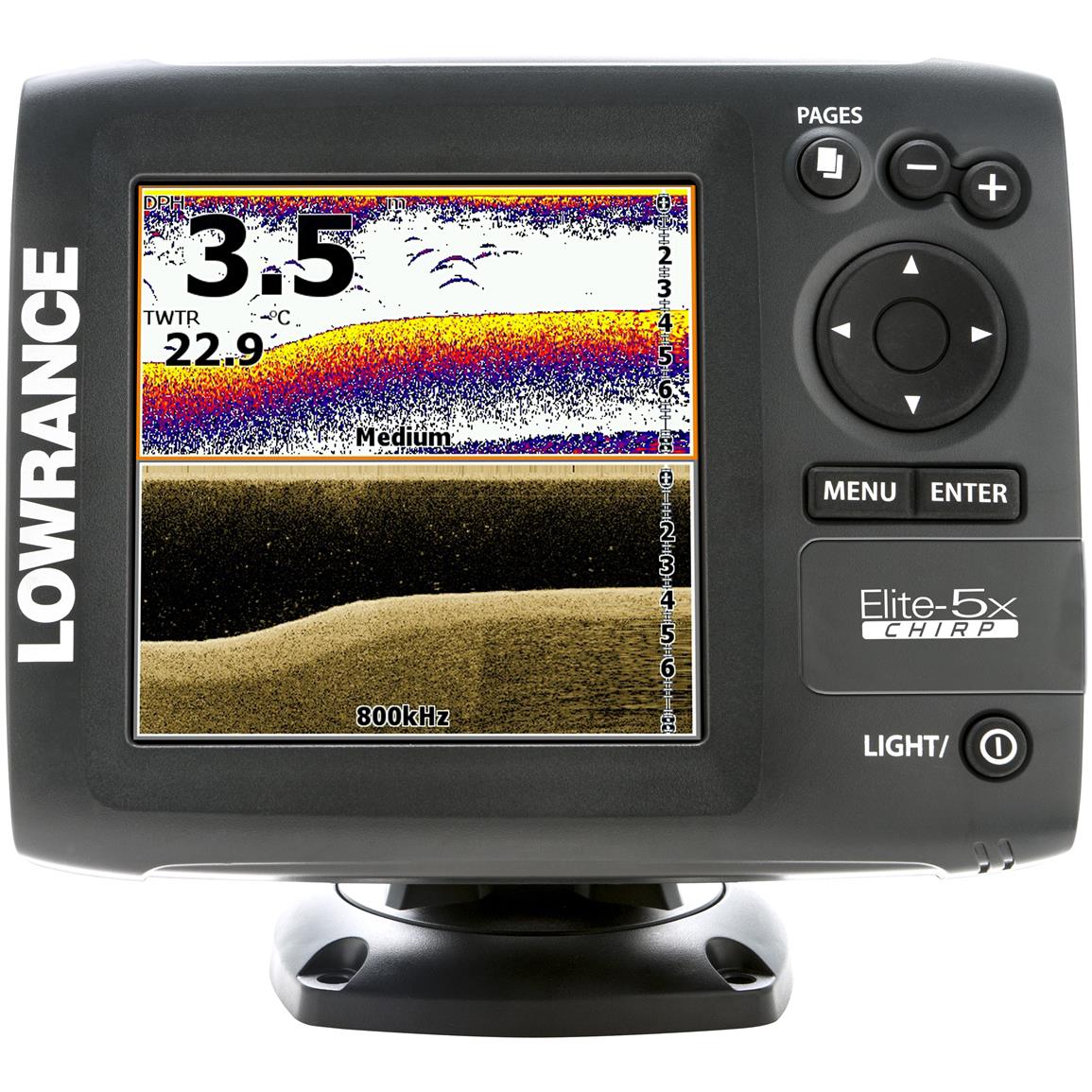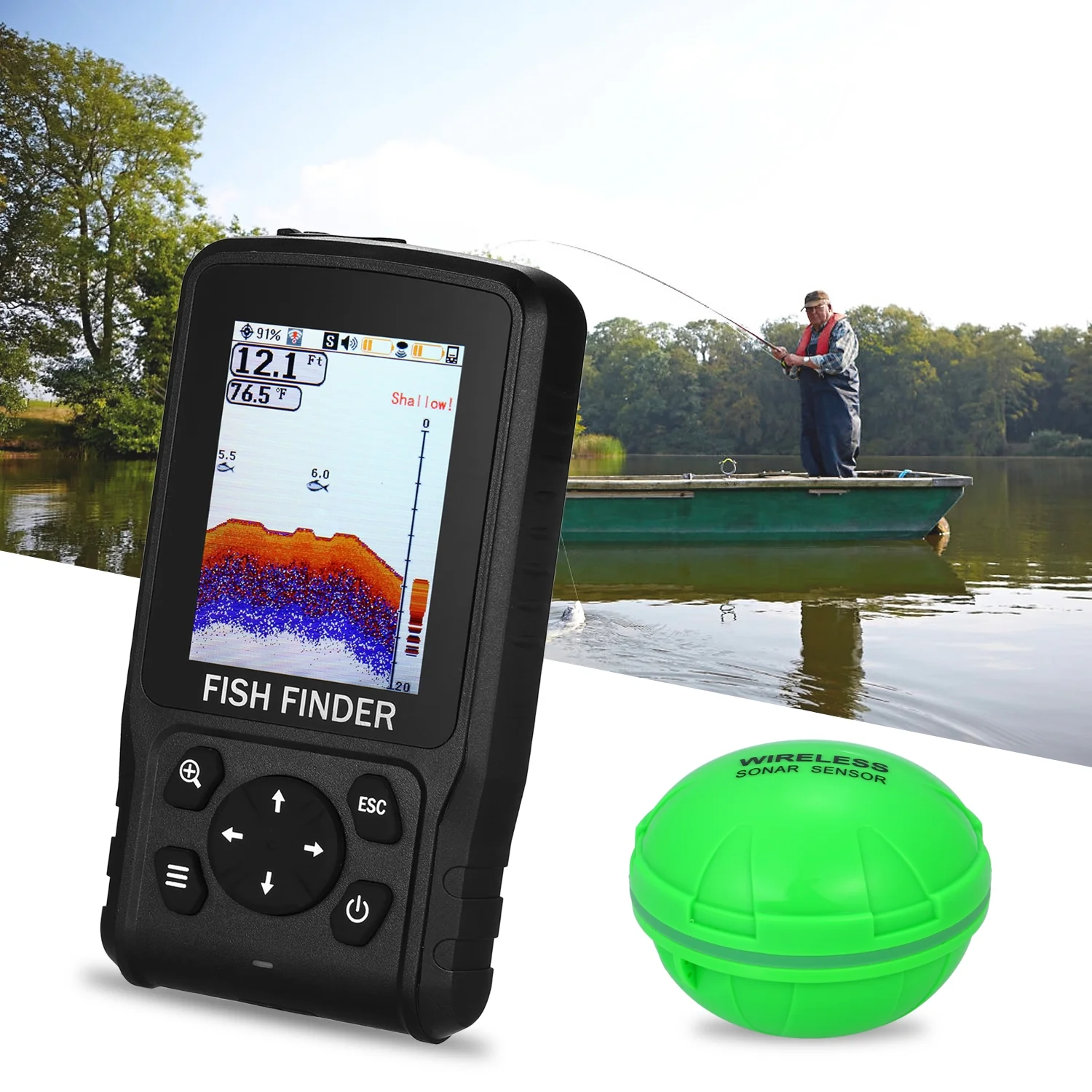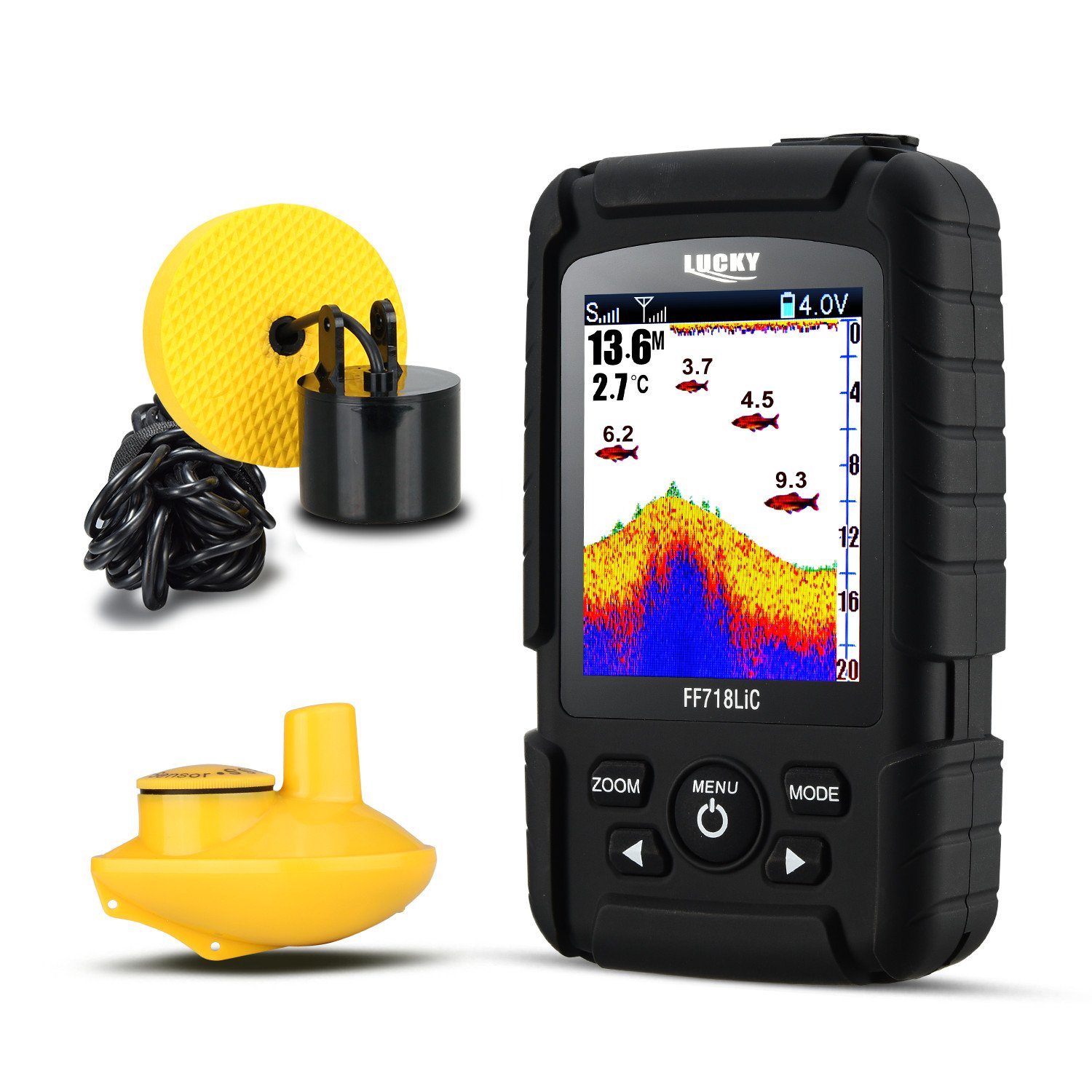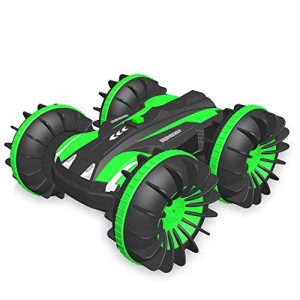Fishing enthusiasts, whether seasoned professionals or weekend hobbyists, are always on the lookout for new ways to enhance their fishing experience. One of the most significant advancements in fishing technology has been the development of fish finders. These devices have transformed the way we approach fishing, offering valuable data and improving our ability to catch fish. In this extensive guide, we will explore the different types of fish finder, how they work, key features to consider, the advantages they offer, and tips on choosing the right one for your fishing needs.
What is a Fish Finder?
A fish finder is an electronic device that uses sonar technology to locate underwater objects, including fish, underwater structures, and the composition of the bottom of a body of water. By sending sound waves into the water and interpreting the echoes that bounce back, fish finders produce detailed images or information about the underwater environment. While these devices were once mainly used by commercial fishermen, advances in technology have made them accessible to recreational anglers.
How Do Fish Finders Work?
Fish finders operate on a straightforward principle. They utilize sonar (Sound Navigation and Ranging) to send sound waves into the water. Below are the essential components involved in the operation of a fish finder:
Transducer
The transducer is the most critical component of a fish finder. It acts as both a speaker and a microphone, emitting sound waves and receiving the echoes that bounce back. The transducer is typically mounted on the hull of a boat or fitted to a kayaking device.
Sonar Technology
Sonar works by sending out sound waves that travel through water. When these waves hit an object, such as fish or the seabed, they bounce back to the transducer. The time it takes for the sound waves to return is measured and converted into depth, allowing the fish finder to create an accurate representation of what lies beneath the surface.
Display Screen
The data collected by the transducer is presented on a display screen, which can vary in size and resolution. The screen visually represents the underwater environment, showing the location of fish, structures like rocks or weeds, and the depth of the water body.
Types of Fish Finders
There are several types of fish finders available on the market, each designed for different fishing needs and conditions. Here’s an overview of the most common types:
1. Traditional Fish Finders
Traditional fish finders provide basic sonar readings and are often equipped with a monochrome display. They are an excellent starting point for novice fishers or those who fish in shallow waters and don’t require advanced features.
2. GPS Fish Finders
GPS fish finders combine traditional sonar capabilities with GPS technology. This integration allows anglers to mark specific fishing spots, track their movements, and navigate to desired locations with ease. The GPS feature is particularly beneficial for those fishing in large lakes or open seas where familiar landmarks may not be present.
3. CHIRP Fish Finders
CHIRP (Compressed High-Intensity Radiated Pulse) technology enhances traditional sonar by sending out a range of frequencies instead of a single frequency. This allows for improved target separation, resulting in clearer images and more precise data about the underwater environment. CHIRP fish finders are ideal for serious anglers seeking detailed information.
4. Side Imaging and Down Imaging Fish Finders
These advanced fish finders offer enhanced imaging capabilities. Side imaging sonar sends out sound waves to the sides of the boat, providing a broader view of the underwater landscape. In contrast, down imaging focuses on a narrower area directly below the boat, producing high-resolution images that show structure and fish more clearly.
5. Portable Fish Finders
For anglers on the go or those who fish from smaller boats or kayaks, portable fish finders offer versatility and convenience. Many portable models are lightweight and powered by batteries, making them easy to carry and set up wherever you fish.
6. Smartphone-Compatible Fish Finders
Recent advancements have led to the development of fish finders that can connect to smartphones via Bluetooth or Wi-Fi. These devices allow anglers to view sonar data on their smartphones or tablets, making use of familiar technology to enhance their fishing experience.
Key Features to Consider When Choosing a Fish Finder
When choosing a fish finder, various features can impact performance and ease of use. Here are some critical factors to consider:
1. Screen Size and Resolution
The size and resolution of the display screen are crucial for readability and data interpretation. Larger screens with higher resolutions offer clearer images and more detailed information, making it easier to spot fish and underwater structures. For small boats, a compact and user-friendly display might be sufficient, while larger vessels may benefit from extensive screens.
2. Sonar Frequency
Fish finders usually operate on two primary frequencies: 50 kHz and 200 kHz. The 50 kHz frequency covers a greater range and depth, making it suitable for deep-sea fishing, while the 200 kHz frequency offers more detail and accuracy for shallow waters. Some fish finders come equipped with dual-frequency technologies, allowing users to switch between settings based on their fishing location.
3. Power Output
The power output, usually measured in watts, affects a fish finder’s performance. Higher wattage translates to deeper penetration and quicker ping rates, which means more accurate readings. For example, lower watt models may be suitable for shallow lakes, while high-power models are preferred for ocean fishing.
4. Cone Angle
The cone angle of a fish finder determines the area covered by the sonar beam. A wider cone angle provides a larger coverage area but less detail, while a narrow cone angle delivers more precise data but covers less area. Fish finders with adjustable cone angles allow for flexibility in different fishing conditions.
5. Mapping and GPS Capabilities
Fish finders with integrated mapping and GPS technology enhance navigation and fishing effectiveness. Features like digital charts, route tracking, and waypoint marking can significantly improve your fishing strategy and overall experience.
6. Portability and Durability
Depending on your fishing style, you may require a portable fish finder. Consider the weight, battery life, and durability of the device, especially if you are fishing in rugged environments. Waterproof or water-resistant models are essential for those who fish from kayaks or in adverse weather conditions.
The Advantages of Using a Fish Finder
Utilizing a fish finder offers various benefits for anglers, which can significantly improve their fishing experience.
1. Enhanced Efficiency
With a fish finder, locating fish becomes much quicker and easier. By providing real-time information about underwater terrain and fish activity, anglers can save time and increase their chances of a successful catch.
2. Improved Understanding of Underwater Structures
Fish finders allow anglers to visualize underwater structures, like drops, ledges, and weed beds, which can be deceptively difficult to identify with the naked eye. Understanding these structures can help improve fishing strategy, as they are often hotspots for fish.
3. Increased Awareness of Fishing Conditions
Fish finders display crucial information about water depth, temperature, and bottom composition. This data aids in selecting the right bait and tackles, and helps anglers adapt their techniques to varying conditions.
4. Comprehensive Fish Identification
Advanced fish finders can distinguish between different types of fish and provide valuable information about their size and depth. This helps anglers target specific species and gauge their fishing success better.
Fish finders equipped with GPS enable safer navigation, especially in unfamiliar waters. Anglers can mark their favorite fishing spots and return to them easily, facilitating a more efficient fishing trip.
6. Learning and Skill Development
Using a fish finder can help novice anglers swiftly improve their skills. By monitoring sonar readings and understanding how to interpret the data displayed, they can develop a better understanding of fish behavior and underwater ecology.
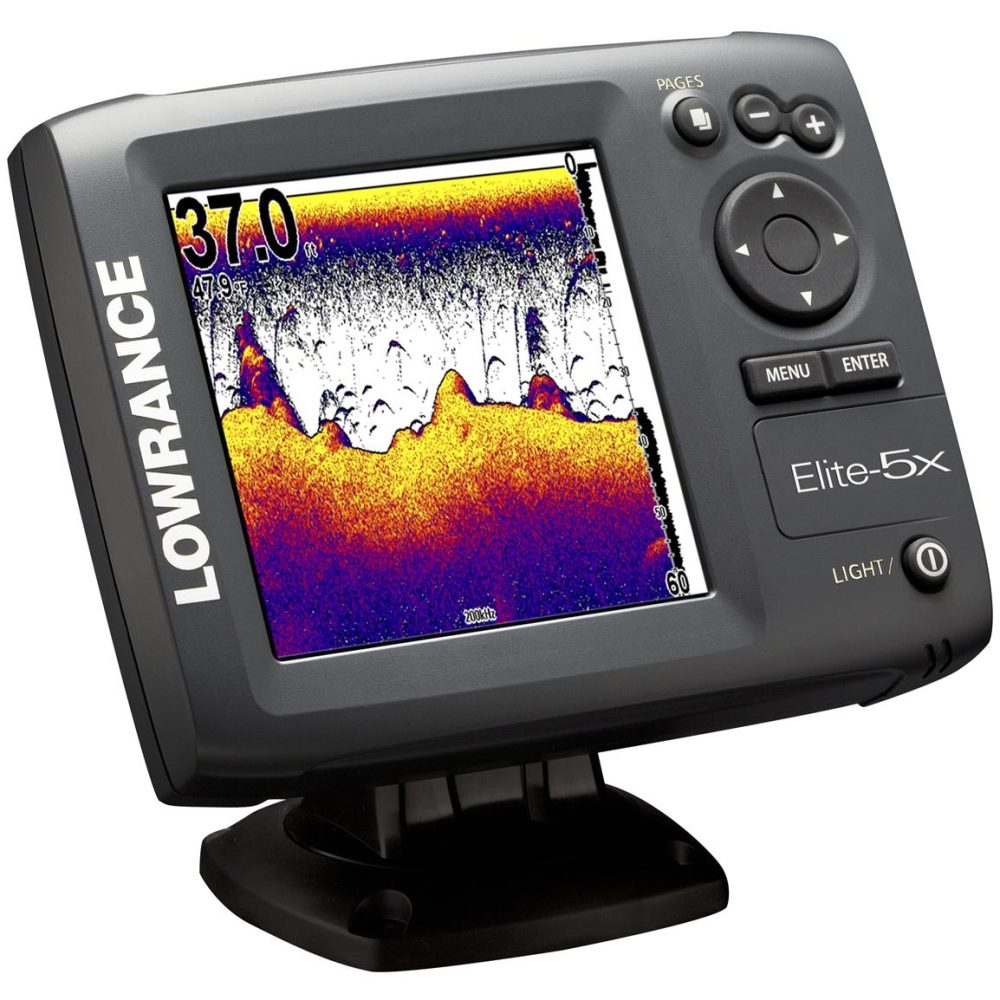 Tips for Using a Fish Finder Effectively
Tips for Using a Fish Finder Effectively
To maximize the benefits of your fish finder and improve your fishing success, consider the following tips:
1. Choose the Right Settings
Familiarize yourself with the settings and adjust them based on current fishing conditions. Pay attention to both frequency settings and sensitivity to adapt the sonar capabilities to different water bodies.
2. Understand the Display Screen
Take the time to learn how to read and interpret the display screen effectively. Recognize symbols and shapes on the screen and understand what they correspond with in the water.
3. Utilize GPS Features
Make sure to utilize GPS capabilities for navigation and waypoints. Mark areas where you find success and revisit these spots in future fishing trips.
4. Experiment with Cone Angles
Don’t hesitate to switch between cone angles depending on your environment. A wider angle can cover a larger area, while a narrower beam can provide more detail when you are close to structures.
5. Regular Maintenance
Keep your fish finder clean and maintained. Check wiring and connections regularly to avoid malfunctions during use. If the transducer is not functioning correctly, your readings will be inaccurate.
Conclusion
A fish finder is an indispensable tool for anyone serious about improving their fishing experience. By understanding the various types available, their essential features, and how to use them effectively, anglers can significantly enhance their ability to locate and catch fish. Whether you are a dedicated fisherman or just starting out, investing in a fish finder can provide valuable insights and make your time on the water more productive and enjoyable. With the right device in hand, you will be well on your way to mastering the art of fishing like never before.
